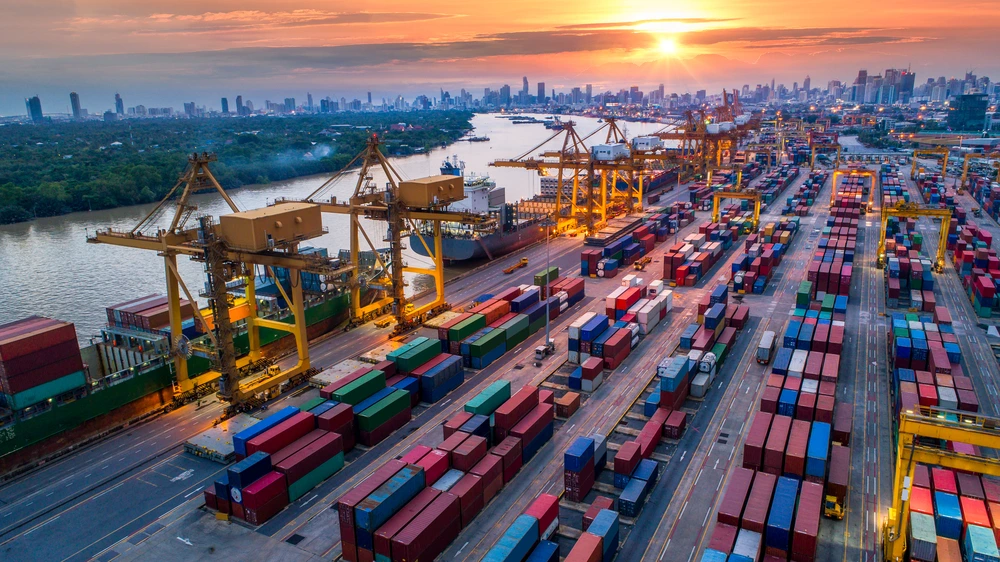Brazil’s industrial sector faces a challenging landscape in 2025, with growth projected to slow to 1.3%, according to the Federation of Industries of the State of São Paulo (FIESP).
This follows a stronger performance in 2024, when the sector expanded by 3.1%. The slowdown reflects tighter financial conditions and global uncertainties that weigh heavily on production.
Recent data from the Brazilian Institute of Geography and Statistics (IBGE) highlights mixed signals. In February 2025, industrial production fell by 0.1% compared to January but grew 1.5% year-on-year.
January marked a stabilization after three months of declines, with growth in machinery (+6.9%), automotive (+3.0%), and pharmaceuticals (+4.8%). However, extractive industries (-2.4%) and textiles (-4.7%) contracted, revealing uneven performance across sectors.
FIESP attributes the deceleration to restrictive monetary policies, with high interest rates limiting credit availability for businesses and consumers. The Brazilian central bank’s Selic rate remains elevated at 13.5%, dampening investment and spending.
 Brazil’s Industrial Growth Slows, but Resilience Remains for 2025. (Photo Internet reproduction)
Brazil’s Industrial Growth Slows, but Resilience Remains for 2025. (Photo Internet reproduction)Additionally, global economic uncertainty, particularly in the United States and international trade, adds external pressure to Brazil’s industrial activity.
Brazil’s Economic Outlook
Despite these challenges, government measures to incentivize credit access with lower interest rates for workers have provided some relief. These policies aim to stimulate domestic demand and support key industries during a period of financial tightening.
Sectoral trends reveal both opportunities and vulnerabilities. Capital goods and durable consumer goods continue to show resilience, driven by investments in machinery and high demand for vehicles and appliances.
However, intermediate goods—critical inputs for other industries—declined by 1.4% in January, signaling potential risks for broader industrial performance.
Brazil’s overall economic outlook remains modest, with GDP expected to grow around 2% in 2025. While agriculture contributes significantly through record grain harvests, industrial activity faces headwinds from fiscal constraints and reduced government spending.
The transition from robust growth in 2024 to slower expansion in 2025 underscores the sector’s vulnerability to domestic and global pressures.
Yet, strategic investments in infrastructure and renewable energy could offer long-term opportunities for recovery and growth. Businesses will need to adapt quickly to navigate this complex environment while capitalizing on emerging prospects.

 By The Rio Times | Created at 2025-04-03 09:50:31 | Updated at 2025-04-04 05:34:11
20 hours ago
By The Rio Times | Created at 2025-04-03 09:50:31 | Updated at 2025-04-04 05:34:11
20 hours ago








